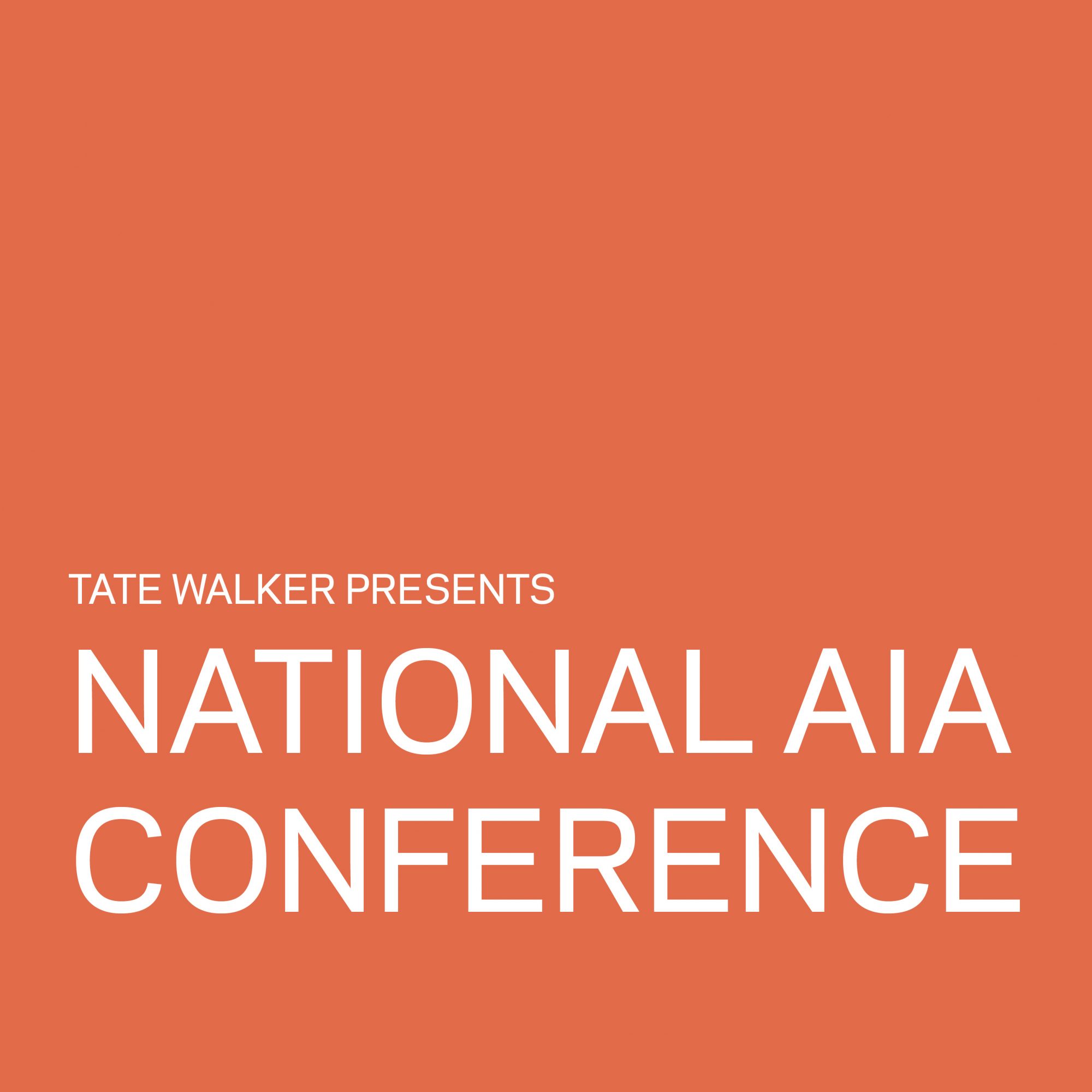Tate Walker presents at national AIA conference

OPN’s Sustainability Director Tate Walker believes that “the biggest barrier to projects using sustainability practices is not whether people care or not.”
The biggest barrier, he says, is time. Adding insult to injury is the barrage of information often pits sustainability against other competing priorities.
Walker will discuss this constant pull on time combined with information overload and how it can make sustainability goals and metrics appear unattainable at the national AIA Conference on Architecture 2019 from June 6 to 8 in Las Vegas.
Walker, AIA, along with with Corey Squire, AIA, of Lake Flato Architects, both members of AIA’s COTE (Committee On The Environment) Advisory Group, spearheaded the development the COTE Top Ten Toolkit to help combat this issue. The Toolkit is designed to make the guiding principles and metrics of the AIA COTE® Top Ten Awards program accessible to all projects as both a framework to guide the design of all projects as well as a benchmark after completion. With the goal of improving all projects, regardless of their circumstances, the recently released COTE Toolkit seeks to close the information gap and make sustainable design strategies accessible to all architects.
“This toolkit hopefully breaks down that barrier by it being so holistic and tailored.”
Walker will discuss how the toolkit can close the information gap so architects can design high performing, equitable, beautiful buildings. The aim of the toolkit is to get more projects to incorporate sustainability practices into their designs by providing clearly written, succinct best practices.
Walker will also discuss how to:
- Utilize three distinct approaches to integrate knowledge management into an architectural practice through the lens of sustainability.
- Apply multiple strategies to quantify sustainability impacts for each of the COTE Top Ten Measures of Sustainable Design.
- Instill a holistic understanding of the principles of sustainability firm-wide, and empower architects as sustainability experts.
- Positively address climate change by designing buildings and planning communities to shape human health and wellbeing
The industry — including its approach to sustainability — is constantly evolving. So too will the Toolkit, Walker says.
“One of the biggest things is carbon and it not being integrated into practice yet,” he says. “It’s one of the leading issues affecting climate change and architects have an incredible responsibility to that end.”
